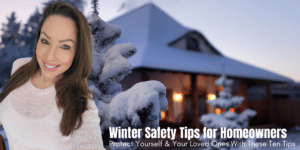
Winter safety tips for homeowners are extremely important for us Canadians.
While the sight of snow is a beautiful part of the season, it also exposes extra hazards for homeowners. Snow, ice and rain all pose concerns for both the interior and exterior of a home and require extra effort on behalf of the homeowner to ensure no issue arrises. Extra moisture is present during the winter months, which in turn,can lead to ice around the home, on the roof and even leading to flooding in the basement which can damage the foundation
As a homeowner, it’s important that you take precautions to make sure you and the people who live with you or are passing by are safe. Some of the top winter safety tips for homeowners are listed below!
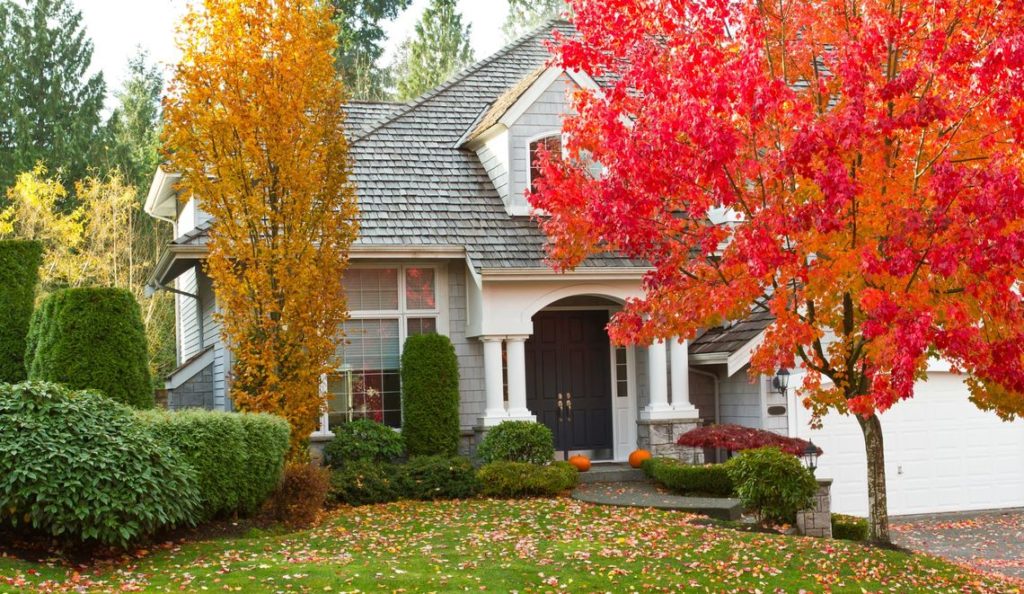
trim your trees
Before a snowstorm hits, it’s a good idea to trim all of the trees and scrubs around your home. Ice can accumulate easily on tree branches and if there is too much, even the sturdiest of branches can be brought down. If you aim to trim your trees by end of October to mid-November, you should be fine.
You should be looking out for branches that have the potential to come into contact with your roof and cause damage. In addition, look out for branches that can come crashing through your windows or are anywhere near power lines. The very last thing you want is a winter storm to cause branches to down power lines close to your home. If this does happen, do NOT go near them. Call the electrical company in your area to deal with it ASAP. Their contact details will be on a recent bill but if you can’t find one, alternatively, try calling emergency services.
Speaking of electrical problems, that brings me to my next point.
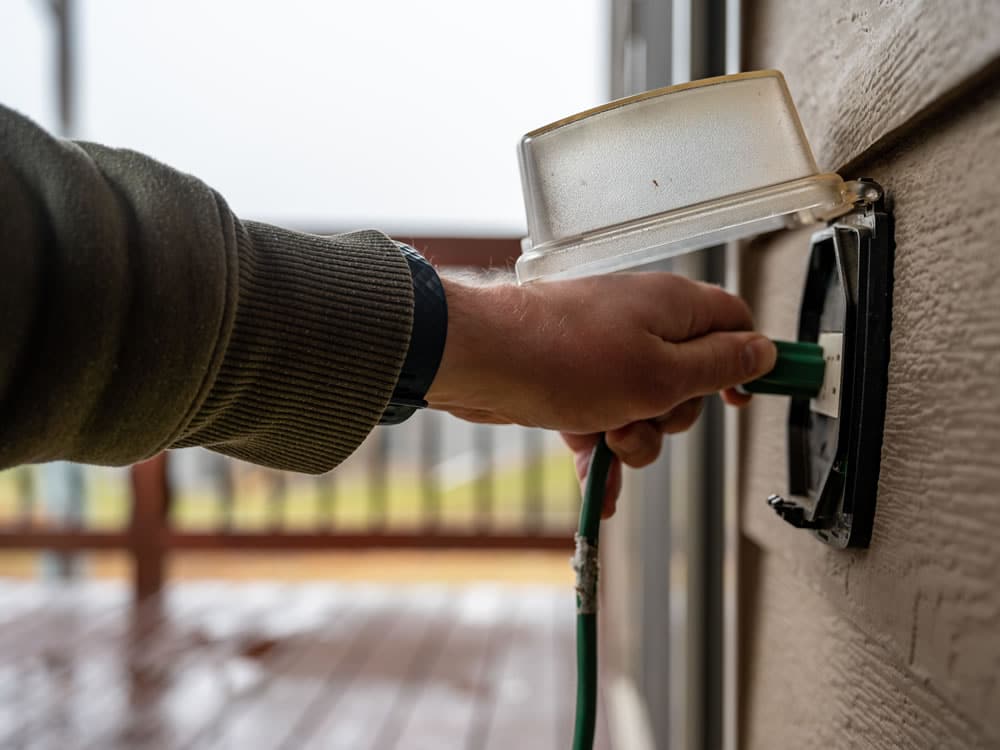
eliminate outdoor electrical hazards
Winter safety tips for homeowners are wide ranging and electrical problems are definitely among them. They are especially prone to popping up in the winter when you rely on getting heat. Damage to your home’s electrical also poses a huge fire risk so if that’s not motivation for prevention, I don’t know what is.
Make sure that you’re preventing any potential electrical issues by inspecting your home regularly. You should be on the lookout for any frayed or damaged wires that could get worse with the pressure of ice and snow. You’ll also want to look out for any bird’s or animal nests near any outlets or fixtures.
Inside your home, you should make sure that all outlets have tight fitting connections. Three prong outlets are best. Make sure cords are stored well away from walkways that are used often. Do not put them beneath a rug as this is a fire hazard as well.
In addition to eliminating any potential electrical hazards, you also want to be prepared in case the power goes out. Remember the ice storm in December of 2013? A lot of homeowners lost power for a week during the dead of winter. Investing in a generator is a good idea to help keep important appliances going if there is a power outage.
Keep in mind that homes vary in sizes so you’ll want to find a generator suited to your specific home. If you want to run all of your appliances and HVAC, chances are you’re going to need a big generator. You will also want to consider the type of fuel needed to run the generator and how easy it will be to source if you need it. Consult with an electrician before you invest in one; but they are great to have, just in case.
During the winter months, it’s a good idea to stock up on non-perishable foods. If you are find yourself faced with a power outage and you didn’t invest in a generator, you’ll want to have extra food on hand in the unforeseen situation of an extended power outage.
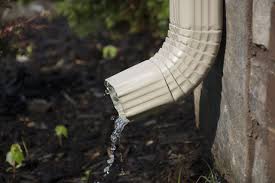
watch out for any water issues
Any excess snowfall can lead to water issues arising on your roof. If you encounter any heavy snowfall, the wet snow can put a lot of pressure on buildings. While gravity on our side with a high pitched roof, any flat or roofs with a low-pitch may require your intervention.
How do you know if there is a possibility of an issue?
Some of the signs that the weight of the snow is compromising your roof can be:
– sagging under the build up of snow
– any leaks in the ceiling on your upper floor
– if you see any new cracks developing in the inside drywall or brick
– the sound of creaks or popping coming from the roof
It doesn’t happen often, but there is always the chance in the most extreme of situations that too much snow can even cause a collapse.
While you don’t want this to happen, I should also point out that removing snow from a roof can be very dangerous, especially the higher the roof – and if there are already some signs of damage. It’s a better and safer idea to call a local roofing company for help and hire for snow-clearing if there is any severe weather. The earlier the snow can be removed, the better you are.
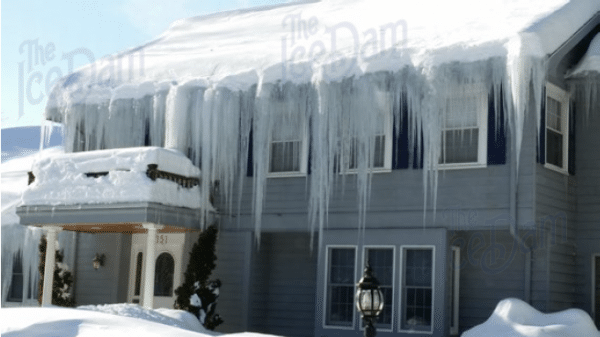
icy conditions
As you can appreciate, icicles can be very sharp, which means they can also be particularly dangerous. This is especially true if they are very large or if they have a very long way to fall. Bright sun and high winds are usually the main reason an icicle may break.
It’s not a good idea to use a ladder when there is ice on the ground, so if you do see a lot of large icicles around your home that you can’t reach, just try to avoid them until they melt. If they are low enough however, definitely perform maintenance often.
In addition to icicles, winter safety tips for homeowners also include icy gutters. It goes without saying that gutters should be cleaned out in the fall, well before the snow starts to fall. This helps prevent both ice and water build up that can eventually end up inside your home. When it gets cold outside, clogged gutters can usually be seem if there are large icicles on them or if there is ice on your roof.
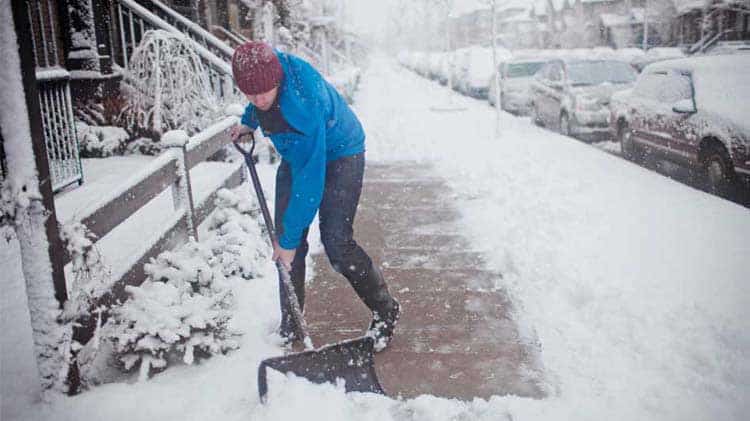
winter walkways
It’s common sense that you need to keep your walkaways clear during the winter. When there is a lot of snow that comes down, it’s important to be mindful of your position when you’re shoveling. If you can, use a snowblower. Shoveling snow can actually put a lot of stress on the heart and doing so for an extended period of time can result in injuries. Lift from the knees and take a lot of breaks to ‘lessen the load’. To make the job easier, a little trick is spraying your shovel with cooking spray to prevent snow from snicking to it.
When you’re clearing snow, make sure you have appropriate footwear on, ideally boots with a good rubber tread or even strap on cleats. This will give you better traction that regular shoes. If it’s icy, walk slowly and be sure to take smaller steps than usual. Don’t walk with your hands in your pockets in case you need to break a fall.
After snow has been cleared, make sure you throw down some salt or sand. If you run out, kitty litter can also work if you’re in a pinch.
In Toronto, homeowners and business owners are required to clear any walkways and sidewalks around residences and buildings within 12 hours of snow falling. If you fail to do this, you could be faced with a $100 ticket and even a personal injury lawsuit if someone hurts themselves because of your negligence.
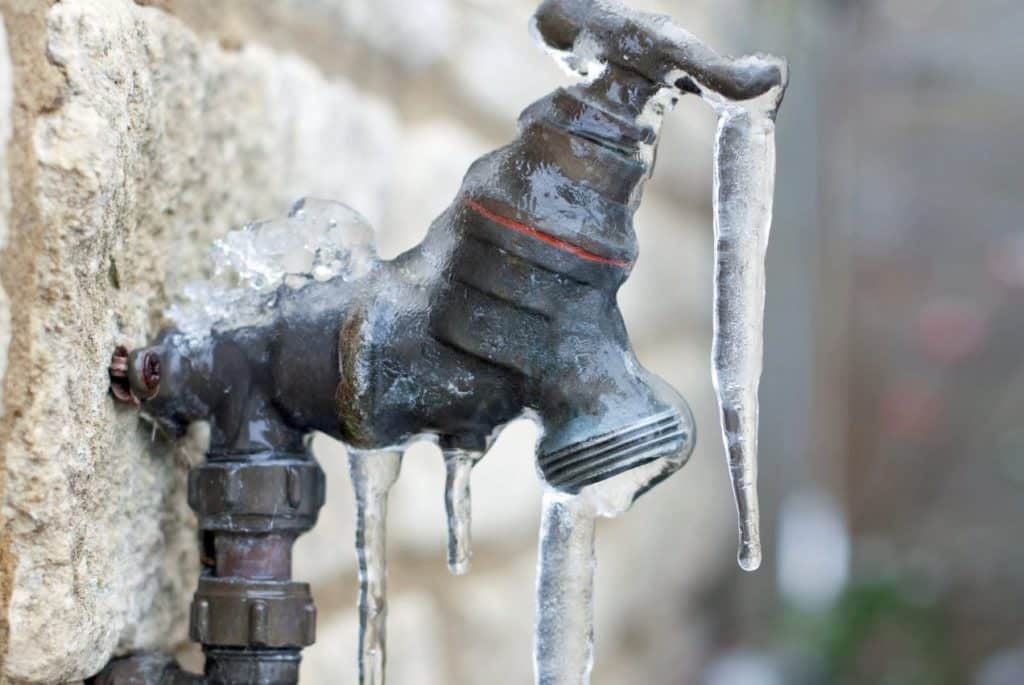
preparing pipes
Unfortunately, if not prepared properly, pipes can easily fall victim to the sub zero temperatures. As a homeowner, make sure you take steps to prevent water issues by insulating your exposed pipes. Those that border your exterior walls have the greatest chances of freezing so you should insulate them with a towel or cloth.
During extreme cold, it’s a good idea to open your water lines ever so slightly to allow water to drip into an indoor sink. Water flow will help pipes to freeze less and reduce potential damage. A ruptured pipe can be VERY costly (from a few thousand to tens of thousands) so do your part to avoid this from happening.
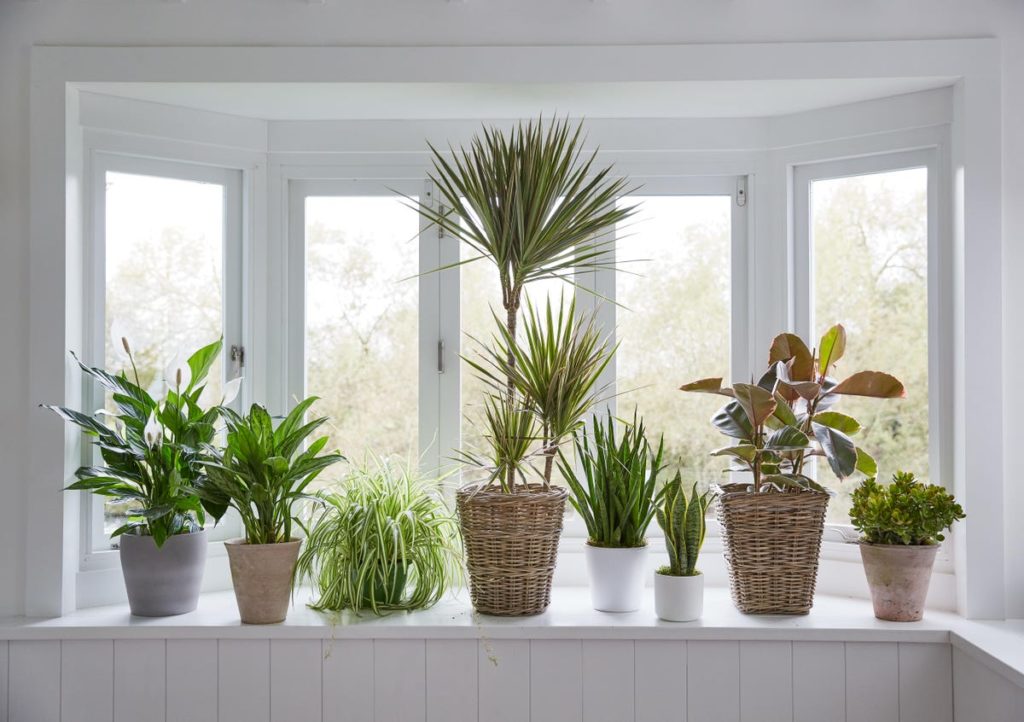
indoor air quality
We spend a lot of extra time indoors over the winter, so indoor air quality is an important consideration for your health. Make sure you clean your exhaust fans and filters regularly, ideally every month. In the winter, there is no chance for more dust/airbone particles. If there isn’t proper ventilation, this can even become a fire hazard.
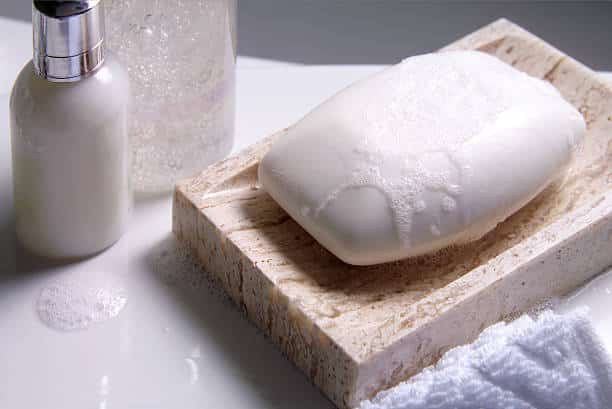
wash hands regularly
If the pandemic has taught us anything, it’s the importance of washing our hands. Winter safety tips for homeowners applies to all of us, really. Washing your hands can help you fight back against the viruses that we are prone to experiencing more often in the winter months. Keep washrooms stocked with soap and encourage family and friends to use it often.
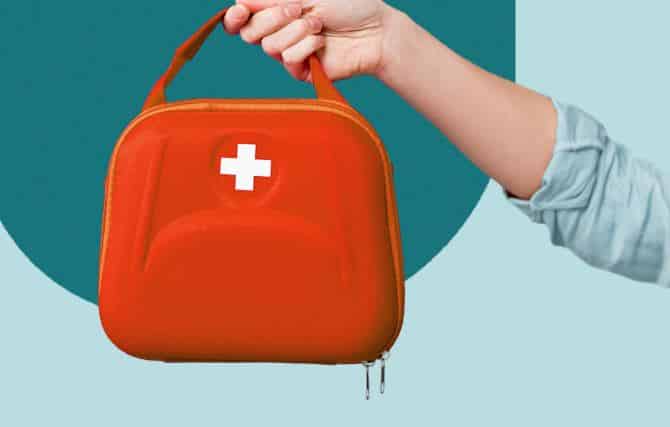
first aid
Winter safety trips for homeowners wouldn’t be complete if we didn’t mention first aid. While this is always good to hand, since winter storms can bring freezing cold temparatures and the potential to be out of power, first aid can come in handy. If someone is stuck outside without proper outerwear, winter can be deadly. It’s important to be able to recognize early signs of frostbite and hypothermia to spot these conditions and treat anyone suffering.
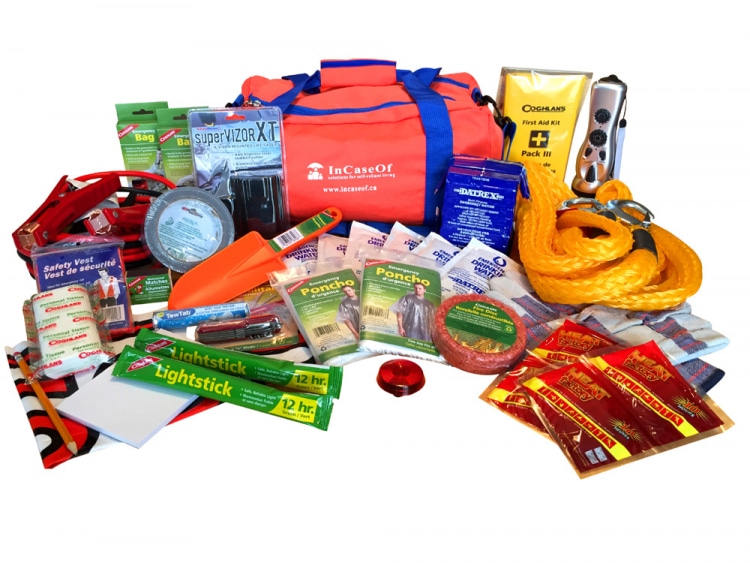
preparing for an emergency
Winter safety tips for homeowners wouldn’t be complete if we didn’t mention the importance of creating an “emergency kits”. Select a bag or container that can hold all of the items. Here is a list of some helpful items.
– flashlight and extra batteries
– a multi-use tool
– garbage bags
– toilet paper
– first aid kit
– whistle
– flair
– basic medical supplies
– water purification tablets and system
– protein bars and nuts
Hopefully you’ll never find yourself in an extreme winter weather situation, but if you do, try to remain calm and keep in mind some of these winter safety tips for homeowners to help get you through it.
Got questions or considering a move? I’d love to help! I can be reached directly at 647.896.6584, by email at info@serenaholmesrealtor.com or by filling out this simple contact form.
For lots of other great tips, news and info, make sure we’re connected on social.











